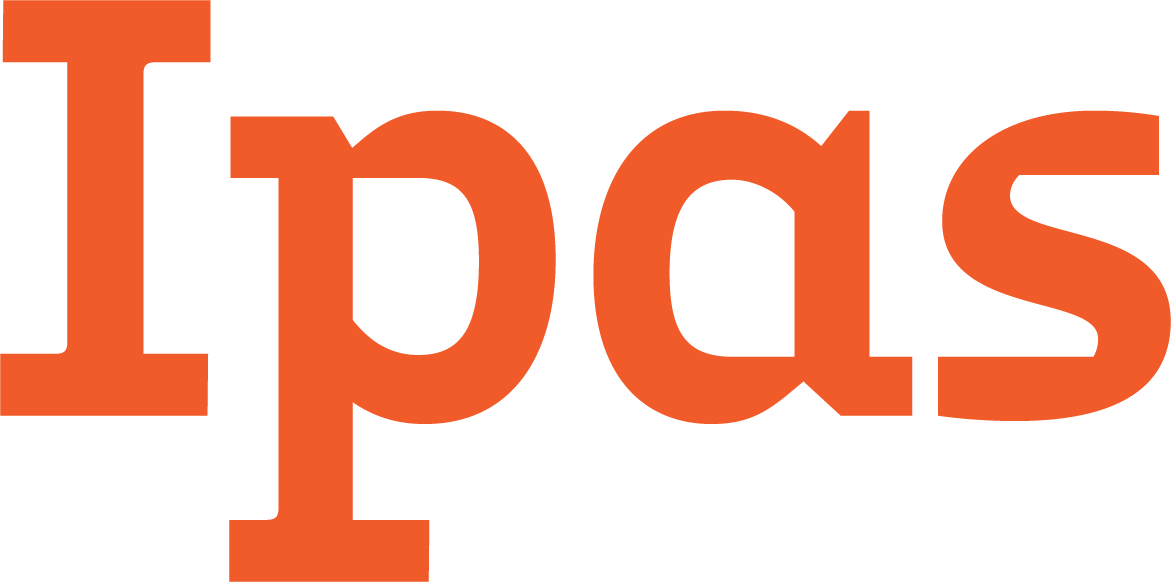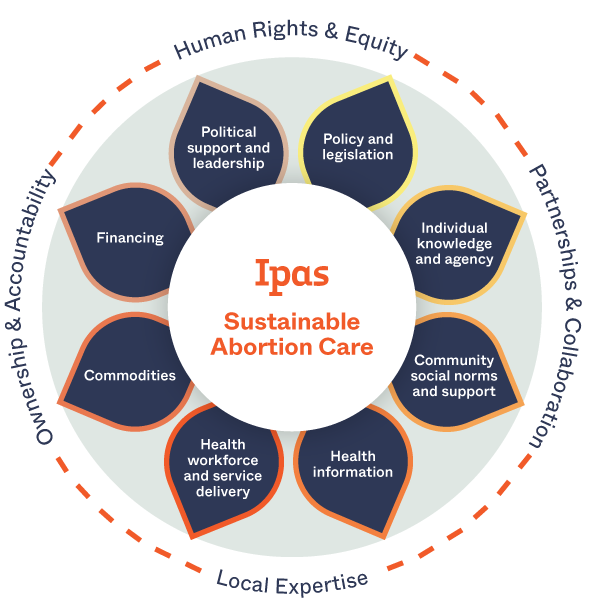Search Results
Available Here Search Results As a part of an extensive health system strengthening program in Ethiopia, significant efforts have been made to increase the range of contraceptive methods and contraceptive security. In the Southern Nations, Nationaliti …
Prime Minister Trudeau has been slow to act on promises to advance access to safe abortion at home and abroad.
September 28 is the Global Day of Action for Access to Safe and Legal Abortion. But is “safe and legal” enough? Why in the 21st century do we still need a day of action?
For far too long, Malawians’ view of termination of pregnancy has condemned women and girls to either death or permanent disability. These are needless injuries and deaths that can be prevented if only we stop looking at termination of pregnancy as a crime, moral, faith or cultural issue-but rather as public health issue.
In 2005, Ethiopia amended its penal code to expand the circumstances in which abortion is legal. Although the country has expanded access to abortion and postabortion care, the last estimates of abortion incidence date from 2008. This study collected data in 2014 and found that an estimated 620,300 induced abortions were performed in Ethiopia that year. The annual abortion rate was 28 per 1,000 women aged 15–49, an increase from 22 per 1,000 in 2008. The authors conclude that, although the increases in the number of women obtaining legal abortions and postabortion care are consistent with improvements in women’s access to health care, a substantial number of abortions continue to occur outside of health facilities, a reality that must be addressed. Year: 2016
available here Search Results This study aimed to identify the underlying factors that contribute to patient satisfaction with comprehensive abortion care and to explore relationships between total satisfaction scores and socio-demographic and care-re …
The February 2016 WHO declaration that congenital Zika virus syndrome constitutes a Public Health Emergency of International Concern reacted to the outbreak of the syndrome in Brazil. But the government’s urging to contain the syndrome, which is associated with microcephaly among newborns, is confounded by lack of reproductive health services. Women with low incomes in particular have little access to such health services. The emergency also illuminates the harm of restrictive abortion legislation, and the potential violation of human rights regarding women’s health. Proposed suggestions for remedying the widespread health-care inequities in Brazil are instructive for other countries where congenital Zika virus syndrome is prevalent.
Available Here Search Results Lost in the outrage over President Donald Trump’s reinstatement and expansion of the “global gag rule” was former South Carolina Gov. Nikki Haley’s induction as the new United States Ambassador to the United Nations. If he …
The objective of this study was to understand intersections between intimate partner violence (IPV) and other constraints to women’s reproductive autonomy, and the influence of IPV on reproductive health. There were 457 participants included in the analysis and 118 (25.8%) had experienced IPV in the preceding year. IPV was associated with discordance in fertility intentions with husbands/partners and in-laws, with in-law opposition to contraception, with perceived religious prohibition of contraception, and with presenting unaccompanied. Ensuring women’s reproductive freedom requires addressing IPV and related constraints.
Abortion is technically legal in Zambia, but the reality is far more complicated. This study describes the process and results of galvanizing access to medical abortion where abortion has been legal for many years, but provision severely limited. It highlights the challenges and successes of scaling up abortion care using implementation science to document two years of implementation. The findings provide a case study of medical abortion introduction in Zambia and offer important lessons for expanding safe and legal abortion access in similar settings across Africa.
This study aimed to compare the effectiveness of a high-intensity model (HIM) and a low-intensity model (LIM) of behaviour change communication interventions in Bihar and Jharkhand states of India designed to improve women’s knowledge and usage of safe abortion services. Although both intervention types improved abortion knowledge, the HIM intervention was more effective.
This study sought to understand correlates of postabortion contraceptive use at the individual, family and abortion service delivery levels. Potential individual level correlates included contraceptive and abortion history and fertility intentions; family correlates included intimate partner violence (IPV), discordance in fertility intentions, and household decision-making; and service delivery correlates included procedure type and postabortion contraceptive counseling.
To reduce deaths and disabilities from unsafe abortion, Ethiopia liberalized its abortion law in 2005 to allow safe abortion under certain conditions. This study aimed to measure how availability and utilization of safe abortion services has changed in the last decade in Ethiopia, drawing on results from nationally representative health facility studies conducted in Ethiopia in 2008 and 2014. Using the Safe Abortion Care Model as a framework of analysis, the study found that service availability and quality has increased, but that access to lifesaving comprehensive care still falls short of recommended levels.
In Bangladesh, abortion is restricted except to save the life of a woman, but menstrual regulation is allowed to induce menstruation and return to non-pregnancy after a missed period. MR services are typically provided through the Directorate General of Family Planning, while postabortion care services for incomplete abortion are provided by facilities under the Directorate General of Health Services. The bifurcated health system results in reduced quality of care, particularly for postabortion care patients. This study evaluated the success of a pilot project that aimed to integrate menstrual regulation, postabortion care and family planning services across six Directorate General of Health Services and Directorate General of Family Planning facilities by training providers on woman-centered abortion care and adding family planning services at sites offering postabortion care.
This study looked at the socio-economic profile of women seeking abortion services in public health facilities across Madhya Pradesh state and at out of pocket cost accessing abortion services. In particular, it examined the level of access that poor women have to safe abortion services in Madhya Pradesh. Findings highlight that, overall, 57% of women who received abortion care at public health facilities were poor, followed by 21% moderate and 22% rich. Improved availability of safe abortion services at the primary level in Madhya Pradesh has helped meeting the need of safe abortion services among poor, which eventually will help reducing the maternal mortality and morbidity due to unsafe abortion.
This analysis aimed to estimate the costs and cost- effectiveness of providing first-trimester medication abortion and manual vacuum aspiration (MVA) services to inform planning for first-trimester service provision in South Africa and similar settings. It found that the cost per complete medication abortion was lower than the cost per complete MVA. This analysis supports the scale-up of medication abortion alongside existing MVA services in South Africa. Women can be offered a choice of methods, including medication abortion with MVA as a back-up, without increasing costs.
The Medical Abortion Study Guide, Second Edition, describes the use of medications for first-trimester abortion. It is intended to prepare health-care providers for the in-person skills training and clinical practicum portions of medical abortion training programs. It can also serve as a reference manual during training events and for future reference.
The Medical Abortion Training Guide, Second Edition, is designed for training providers on the delivery of high-quality, clinic-based, first-trimester medical abortion, particularly in limited-resource settings. It has been updated to reflect the latest evidence from the World Health Organization (WHO) and other important source documents. It includes current clinical evidence addressing the unique needs of young women and recommendations on ways to work with communities to improve information, social support and access to medical abortion.
Available Here Search Results This study examined the feasibility of introducing mifepristone-misoprostol medication abortion into existing public sector surgical abortion services in KwaZulu-Natal, South Africa. The sample included 1,167 women seeking …
Available Here Search Results Founded in 1994 by a group of white, male, hard-right conservative evangelical Christians, Alliance Defending Freedom (ADF) morphed from a modest outfit to the $40 million behemoth it is today. It was created out of concer …

